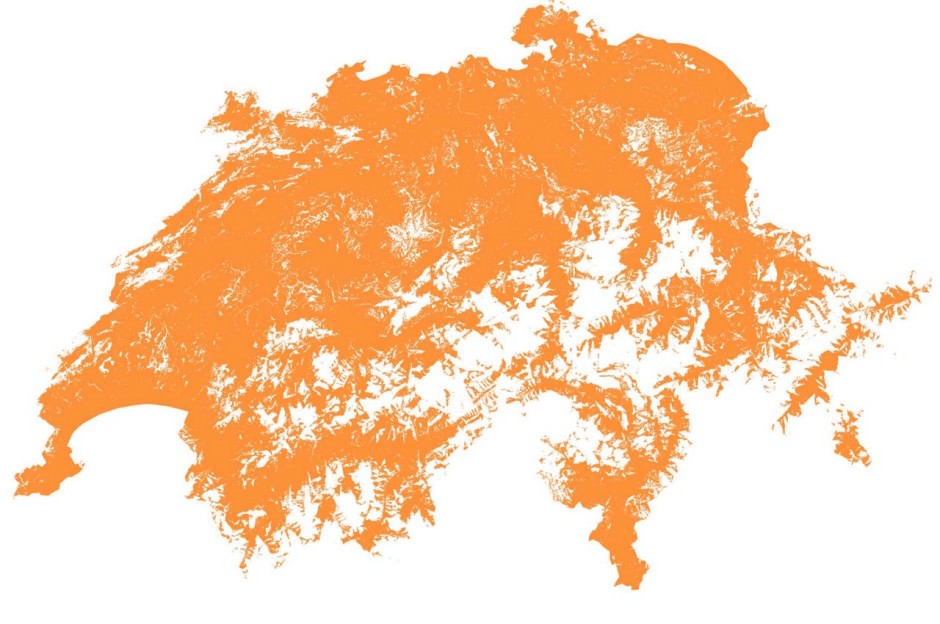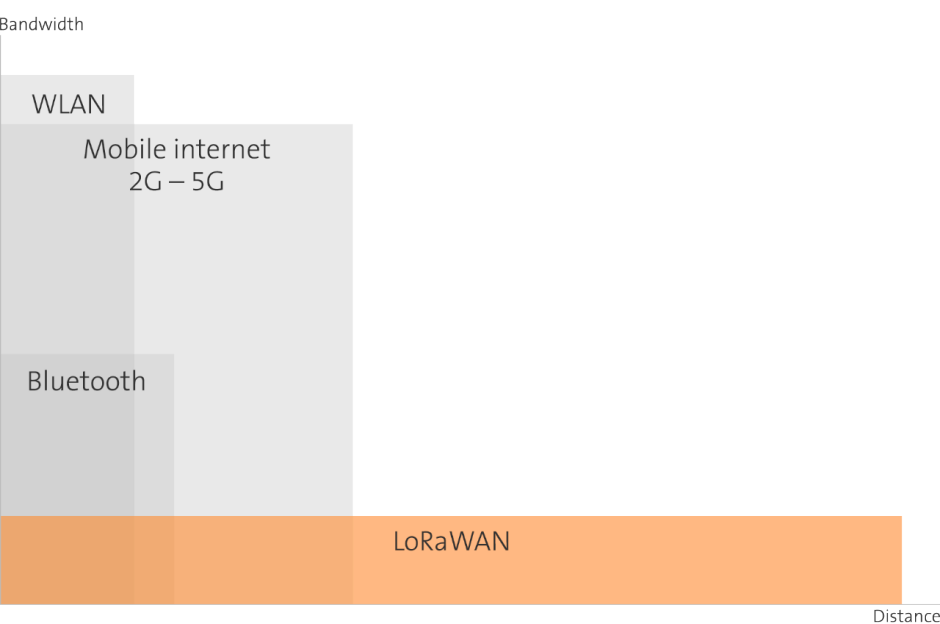Swisscom beekeepers raise honey bees across Switzerland. They do so to protect biodiversity and inspire innovation. We want to learn from nature as a blueprint to make living together in the smart cities of future easier and more pleasant. Join us in taking a fascinating look at the world of bees and a sustainable future for our cities.
Live to the hive
Thanks to the Internet of Things (IoT), Swisscom beekeepers are always in touch with their bees. Smart sensors permanently measure key data and send it over the Swisscom network, letting the beekeepers constantly monitor their bees and only intervene if necessary – so they don't open the hive needlessly and disturb the fragile ecosystem.
“My bees communicate with one another and are highly intelligent – and it has nothing to do with the Internet.”
Giorgio Macaluso, Swisscom beekeeper
Films
Discover the fascinating world of Swisscom bees with Swisscom beekeeper Giorgio Macaluso and find out from Smart City expert Stefan Metzger what bees can already teach us about urban development.
What Smart City
can learn from a beehive
Connectivity
Bees are always connected, but not by the Internet; they use special scents and dancing in the sky to communicate with each other. How does this precision come about?
Urbanisation
More people will live in the cities of the future than today. Bees live at very close quarters. How do they manage to coexist peacefully and efficiently?
Communication
Bees keep communication targeted and to a necessary minimum, along the same lines as the Low Power Network, which minimises data volumes as far as possible.
Recycling
Bees only produce as much material and honey as they need. Anything left over is recycled, not wasted.
Commuting
Every day the worker bees fly to flowers to collect valuable food for their colony. Thanks to a flexible model, they don’t all work at the same time. Bees can’t afford to get in each other’s way.
Distributed
Despite having a queen, bees are still very independent. But they all pull together at the right moment and pool their energy whenever necessary.
“We want to support Swiss cities and communities on their journey to become smart cities.”
Friederike Hoffmann, Head of Connected Business Solutions
Smart City technologies
are now in place
In 2016, Swisscom launched one of the first IoT networks for the Internet of Things worldwide. Thanks to its energy efficiency, it is ideal for connecting sensors.
IoT in the Swisscom Magazine
BeeSmart
We are supporting bee-keepers’ commitment to bees with our BeeSmart app, offering fascinating bee facts and live streams for all.
Glossary
Internet of Things
Increasing numbers of everyday objects are being connected to the Internet. They all communicate with each other. The tiniest computers, sensors and actuators are enabling things to become ever smarter, leading to the concept of the Internet of Things (IoT).
Low Power Network
The Low Power Network (LPN) transfers data in the Internet of Things: the sensors and actuators in the devices send small data volumes across substantial distances yet only require a small amount of energy. The Low Power Network from Swisscom is based on the open LoRaWAN standard.
LoRa Alliance
LoRa stands for “Long Range” and means wireless connections with a large range. The non-profit organisation LoRA Alliance is one of the fastest growing technology ecosystems that promotes the distribution of Low Power Wide Area Networks for the Internet of Things.
LoRaWAN standard
LoRaWAN stands for “Long Range Wide Area Network” and is an open standard for Low Power radio networks that is focused on the Internet of Things. Swisscom's Low Power Network is also based on this standard. Approximately 50 countries around the world have networks based on this standard currently and over 95 countries are developing them.
M2M
When devices such as machines, robots and vehicles communicate with each other or through an exchange, we speak about machine-to-machine or M2M applications. This relates mostly to remote maintenance or localisation. Traditional mobile, wired or other networks are often used, such as WLAN or Bluetooth.
Smart City
Smart City is the concept of intelligent cities that enable sustainable urban life. Digitisation and networking are used to overcome city transport bottlenecks, promote climate protection and improve the way we live together.



